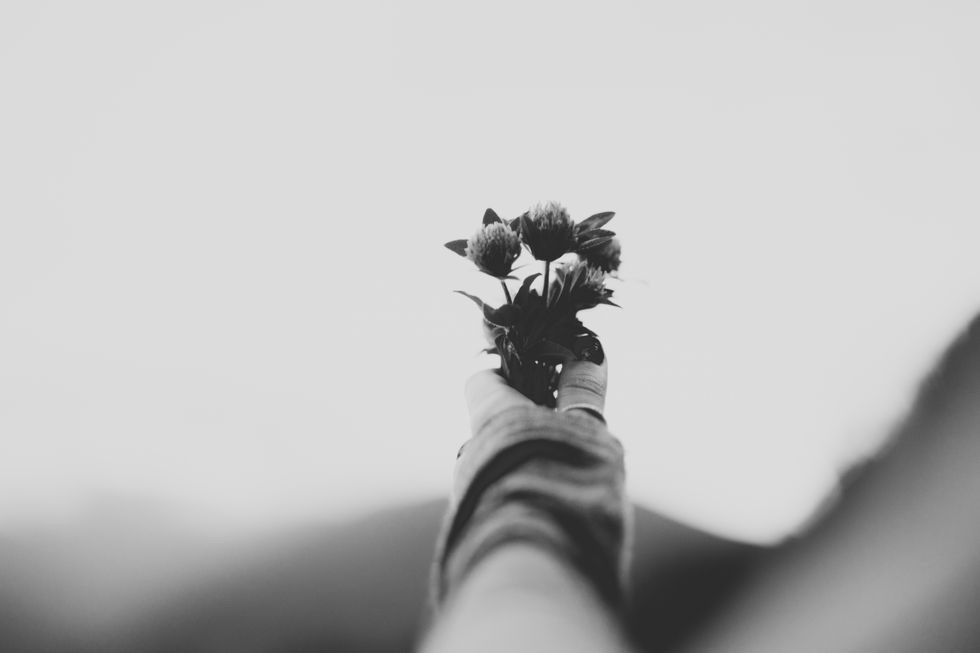In my last article about the KonMari method, I brought up a different method for cleaning and organization, called "Swedish Death Cleaning". Also known as "döstädning ", a word that literally means cleaning at the end of life, the method is a commonly known practice in Sweden that is just beginning to spread around the world. It's in ways simpler than KonMari; there are no rules or steps to follow, you can go at your own pace, and it leaves a lot of wiggle room depending on your level of sentimentality. However, it can be a hard process that places you in the uncomfortable position to think about your own mortality.
So what makes it "death cleaning"? As I said before, the concept is basically that the things we accumulate in our life should be sorted and minimalized before we die. It's cleaning for the end. The piles of things we have collected in our lives only create more burden and longer mourning for those we leave behind; quite literally, the things we leave behind serve as a way for us to "haunt" our loved ones. It is targeted mainly at the elderly, but it can also help form great habits for young adults who are just beginning to collect and grow in their possession of items.
For many, this method might not feel sentimental enough. One of the major points of Death cleaning is that things that are sentimental to you may have no bearing on your family. There are things that have deep meaning for each person, like a rock from a special place or a seashell from a favorite beach, that in the end will just be another item to be cleaned out. It's straightforward and a little dark, but it can also make for a much easier transition process.
An example from my own life of a time when this method of organization would have come in handy is when I found the love letters between my grandmother and grandfather from the Korean War. My mother and I poured over the letters for hours, scanned them onto my computer, and then struggled to decide what to do with them. My family is very sentimental, and the idea of throwing away something that was so obviously sentimental to my grandma was impossible to fathom. Yet, the letters in and of themselves really had no inherent value to us.
When death cleaning talks about those kinds of sentimental items, it is suggested to put those things into a separate box that can be looked through after you pass but is made to be thrown away eventually. That way, things like the beautiful love letters between my grandparents could be seen and enjoyed, but we could also find a way to dispose of them without feeling the immense guilt that caused us to keep them.
The Death method also talks about minimalizing. Duplicates of things that you only need one of have to go and anything that you don't like should be gotten rid of. At its core, minimalization is the key to making your items less of a burden, so purging of the things that have no use or meaning works well in the end. Another idea - buying only things that are high-quality, and not buying things "just because".
Swedish death cleaning may sound scary, but in the end, it's just another great tool to help people organize and clean out their lives.























